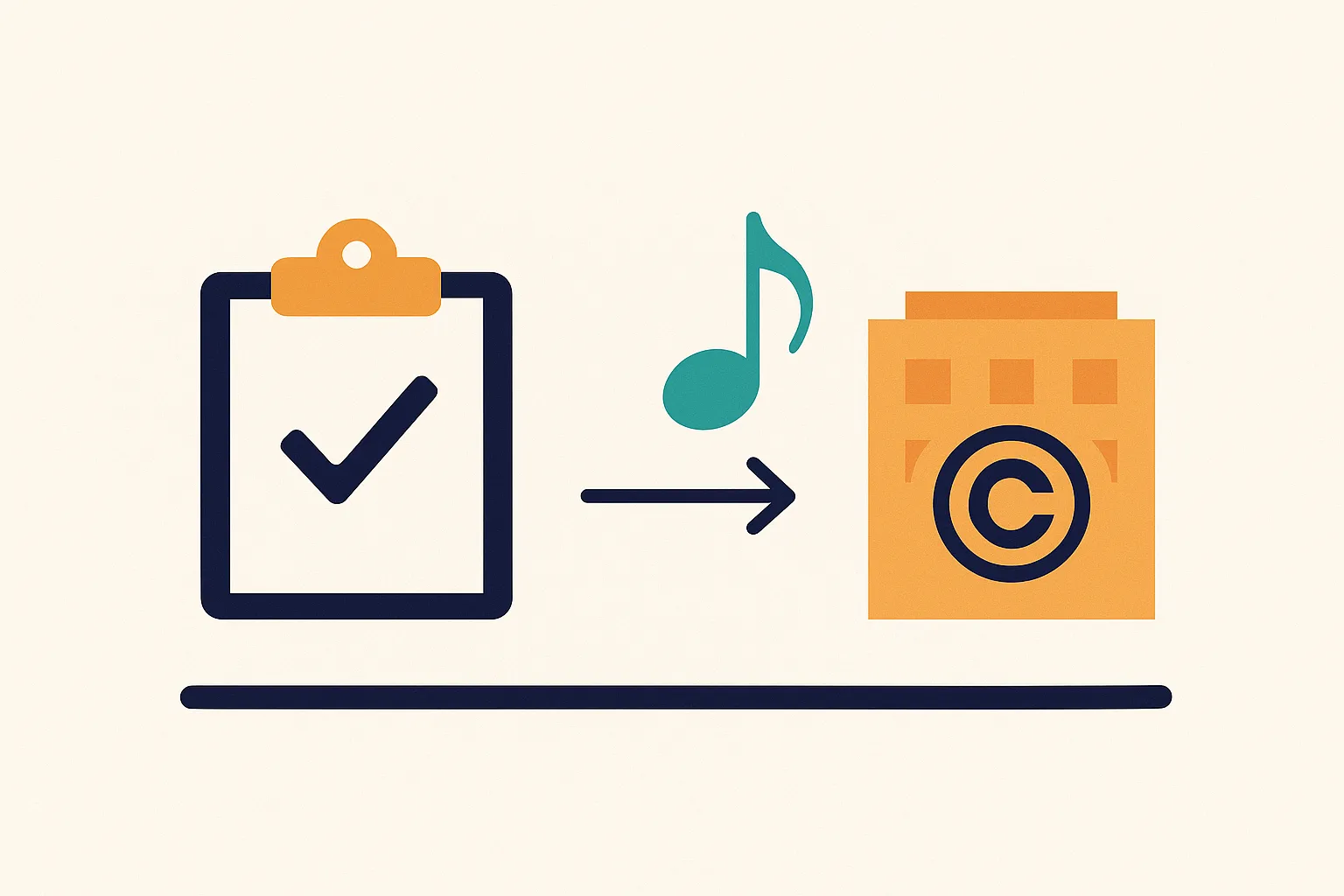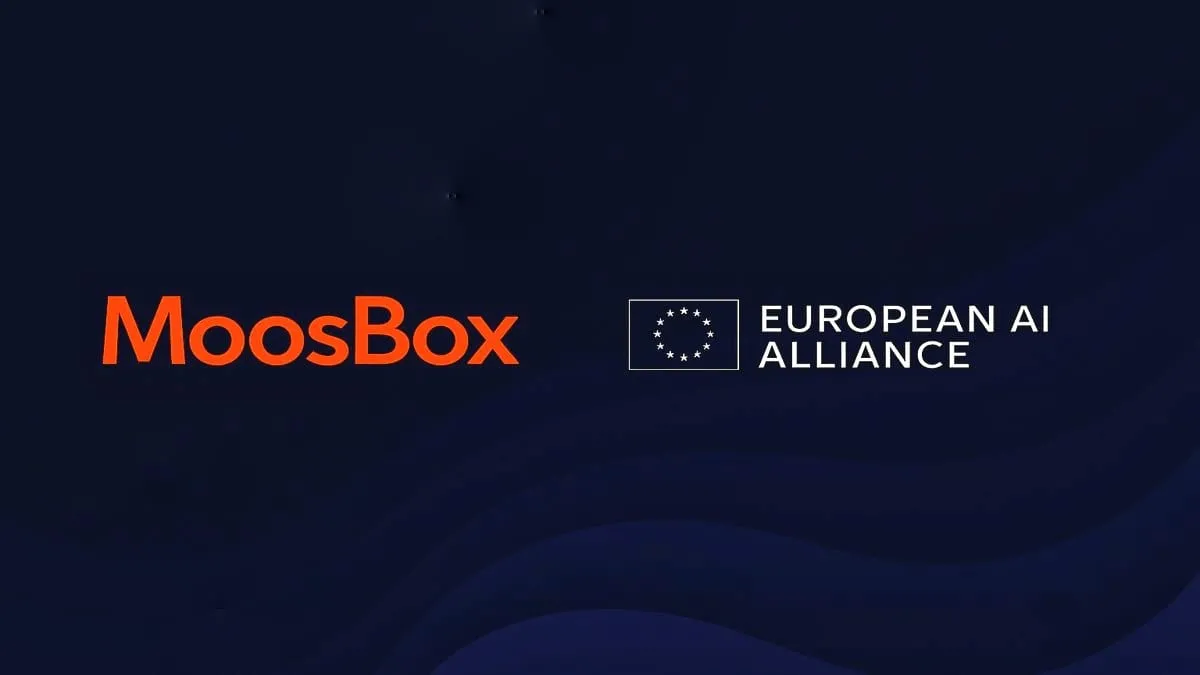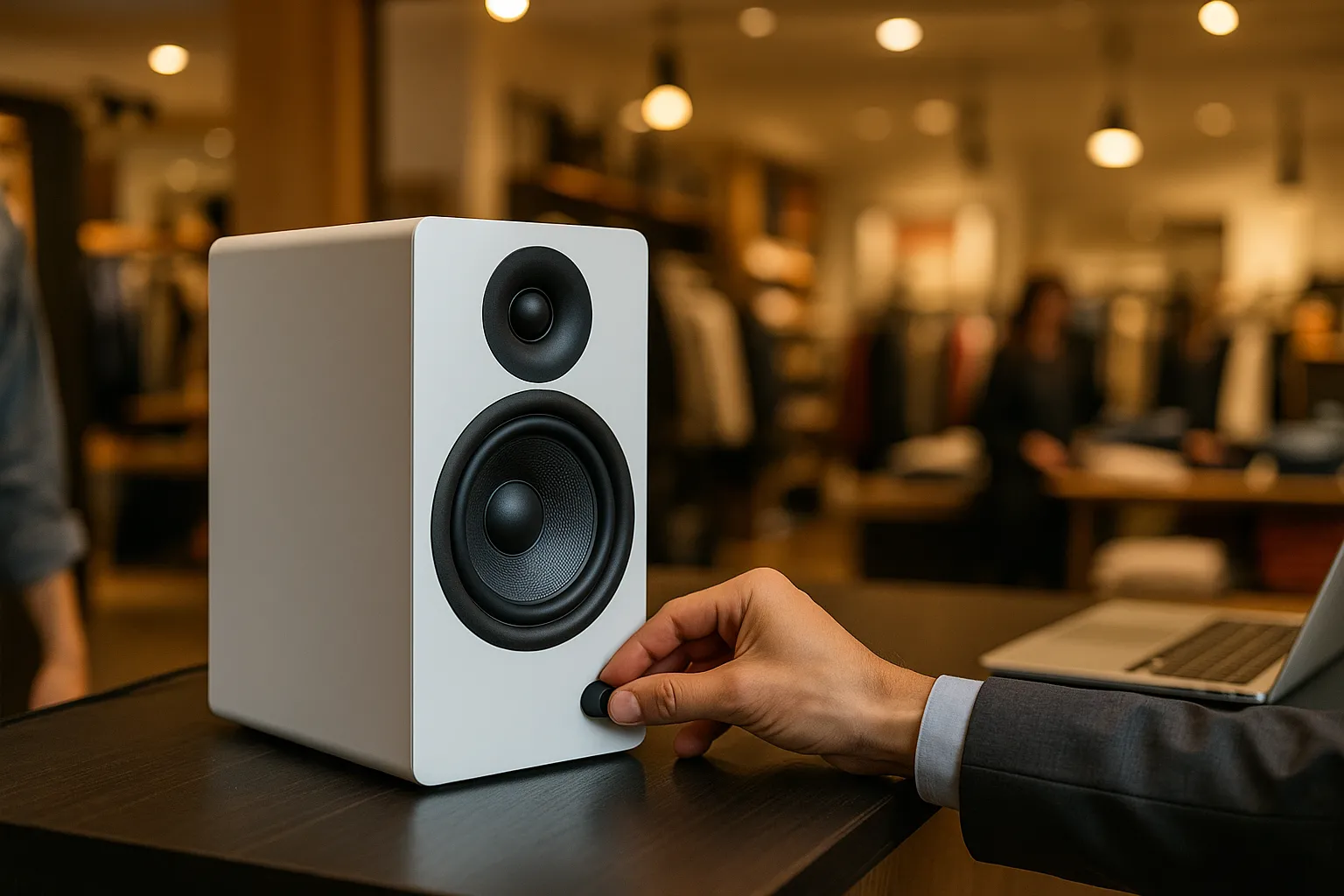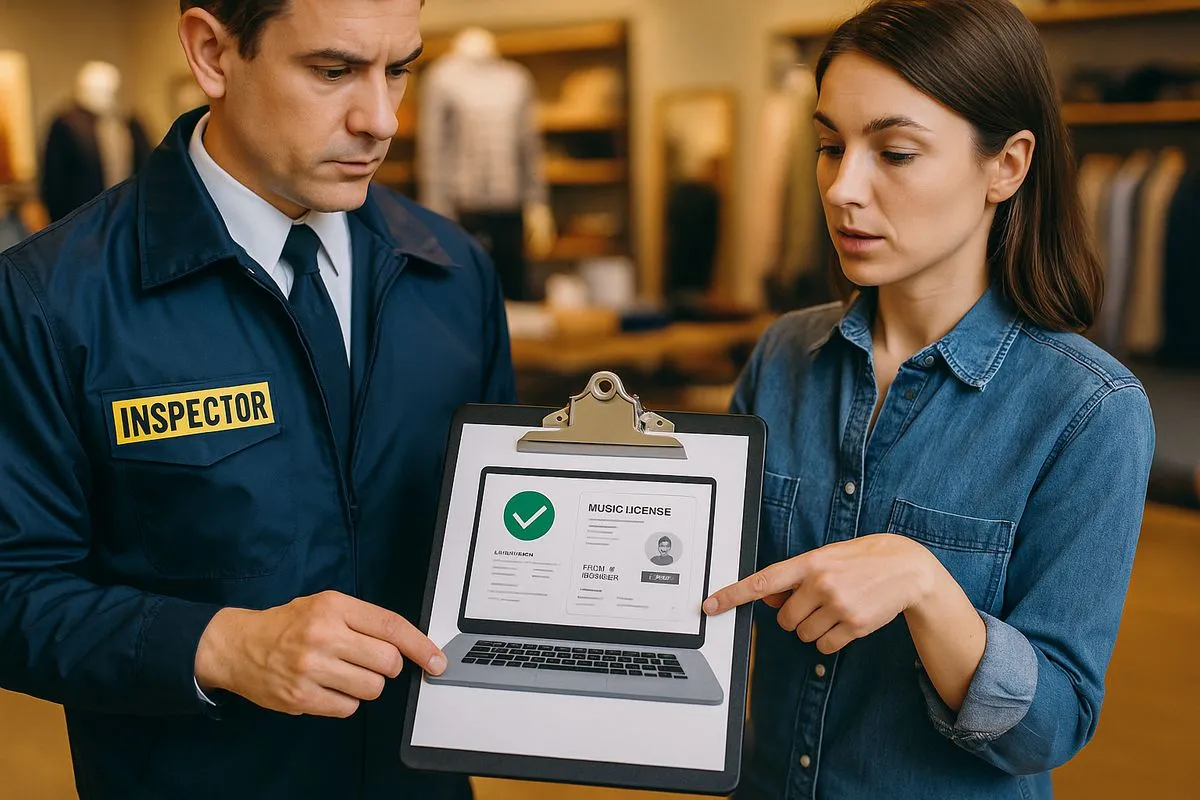With this article, we’d like to clarify once and for all how direct licensing works when sub-publishers and collecting societies are involved. Direct licences make additional collections invalid. MoosBox protects both music and clients with full transparency.
When a song is registered in a collecting society’s database through a sub-publisher, that society often assumes it automatically owns the right to collect royalties for public use.
But copyright law doesn’t work that way. When a songwriter or publisher has already granted a direct and non-exclusive licence, that right remains valid and enforceable everywhere.
No sub-publisher can “reclaim” a right already exercised by the main author or publisher — even if the song appears in collecting society databases or is identified through public recognition tools.
In this article, we explain clearly who sub-publishers are, what the limits of their mandate are, and why direct licences like those used by MoosBox are today the safest, most transparent and compliant way to use music in commercial environments.
What a sub-publisher really does
Understanding the role of sub-publishers is essential to recognise where many copyright misunderstandings arise.
A sub-publisher is a “local” publisher that manages the rights of a foreign music catalogue within a specific territory, based on an agreement signed with the original publisher. Their role is to promote the works, collect royalties, and maintain relations with the local collecting society.
In many countries, collecting societies tend to treat publishing agreements as exclusive, assigning the sub-publisher an exclusivist role within that territory.
However, this mandate applies only if the author has actually transferred those exclusive rights. If the original author or publisher has chosen to retain the freedom to grant direct licences worldwide, the sub-publisher cannot claim exclusivity. Their agreement with the collecting society remains valid only for works that have not already been directly licensed.
When a direct licence already exists, any additional collection becomes a duplication with no legal basis.
💡 Did you know?
If an author hasn’t granted exclusive rights to a sub-publisher, the collecting society can’t collect royalties.
Only the direct licence applies — valid and enforceable worldwide.
A practical example
👉 A songwriter releases a track and grants a direct licence for in-store use.
👉 A sub-publisher registers the same track with a collecting society, claiming to represent it locally.
👉 During an inspection, the society claims that such registration gives it the right to collect royalties. But that right has already been exercised directly by the rights holder: the sub-publisher (and therefore the society) cannot collect on a use that is already licensed.
The principle of non-exclusivity
US collecting societies as a model
In the United States, organisations such as ASCAP, BMI, and SESAC are legally non-exclusive. Their members can issue direct licences to third parties anywhere in the world. If a work has been directly licensed for commercial use, no other collecting society can validly collect royalties again on behalf of sub-publishers in other countries.
The enforceability of direct licences
A direct licence is an agreement between the rights holder and the user, fully enforceable against third parties under international copyright law principles. Once the author has granted a direct licence, no subsequent mandate can override its effects or generate a double collection.
Where conflicts may arise
An independent artist signs a direct licence for in-store use of their music. A sub-publisher registers the same song with a collecting society, claiming local representation. During an inspection, the society argues that such registration — based on “exclusive” contracts — gives it the right to collect royalties.
The issue is that registration with a collecting society does not create new rights: it’s simply a mandate for representation, valid only when no direct licence exists. When the direct licence precedes it, collective collection cannot prevail. The use is already covered by a valid, traceable, and enforceable agreement.
How we handle sub-publisher claims
When a track or potential sub-publisher claim is reported, MoosBox directly manages the verification and response through its appointed Collector. Clients don’t need to take any action: our legal team handles the entire procedure together with the Collector, in a documented and transparent way.
- Every rights holder contracted by our Collector is contractually obliged to keep their information up to date regarding any membership in collecting societies or exclusive publishing agreements that could interfere with direct licensing.
This obligation is an integral part of the direct licence agreements governing our music library. - All works used by MoosBox come from rights holders who have confirmed in writing that they are not represented by any exclusive collecting society, or are represented only by non-exclusive US organisations (such as ASCAP, BMI, or SESAC).
These organisations are legally required to allow their members to grant direct licences valid worldwide, making any double collection under reciprocal or sub-publishing agreements invalid.
Under these contractual conditions, no sub-publisher can legitimately claim royalties for works played through MoosBox. If a collecting society or agent raises doubts, MoosBox — through its Collector — provides an official written response proving the validity of the direct licence and the full compliance of the service.
Clients are 100% protected: simply report the inspection, and we’ll handle everything with the Collector, providing formal, traceable, and legally sound responses.
Shazam and other misleading tools
Some inspections rely on audio recognition apps such as Shazam to identify works and link them to collecting societies. However, Shazam’s own terms of use explicitly forbid its use for commercial or monitoring purposes. A song identified by Shazam doesn’t prove ownership or representation rights. Only contracts and direct licences demonstrate who holds the rights and who can authorise the use of music.
FAQ
What if a song is also registered with a collecting society through a sub-publisher?
Registration doesn’t change the nature of the right. If a valid direct licence exists, that licence always prevails.
Who decides in case of conflict between a direct licence and a sub-publisher?
Collecting societies must check the contracts and respect existing direct licences. No inspection can override a legitimate agreement between rights holder and user.
Should I still pay a collecting society just in case?
No. Paying twice for the same right means duplicating a use already covered by a valid licence, without legal grounds.
Conclusion
Direct licences ensure transparency, simplicity, and traceability (learn more in our article dedicated to direct licensing). Thanks to an international, verified contractual system, MoosBox fully protects its clients, avoiding any risk of double collection or conflict with sub-publishers worldwide.
In an industry where too many intermediaries complicate what should be simple, we choose the clearest path: directly licensed music, one contract, zero confusion.
Choose the right music and focus on your business.
With the MoosBox Direct Music Licence, we take care of everything else.
Stay updated on the best music solutions for your business: follow us on LinkedIn or join our Telegram channel.




